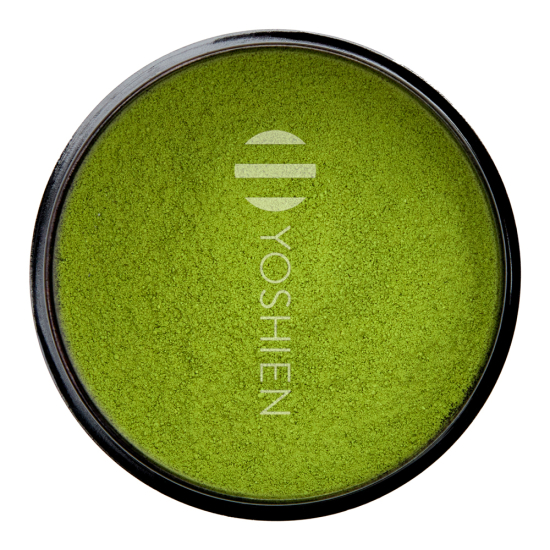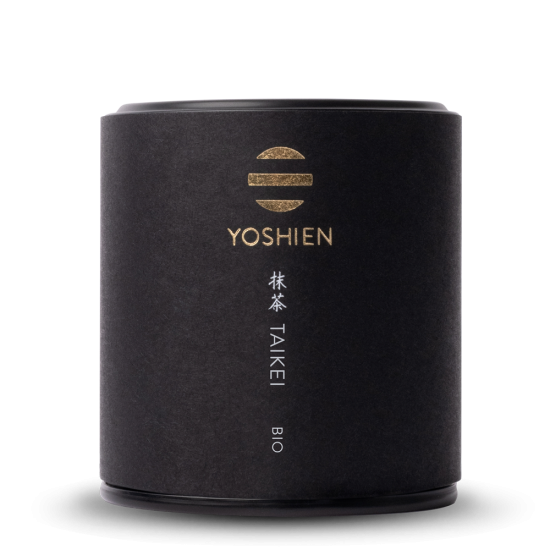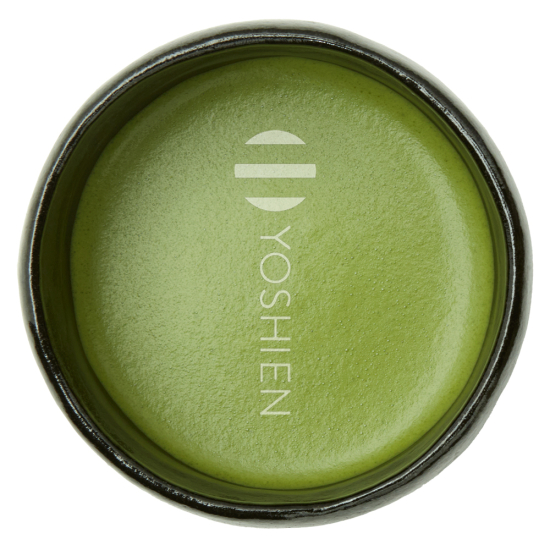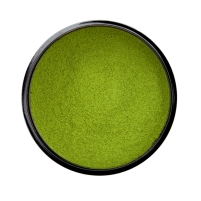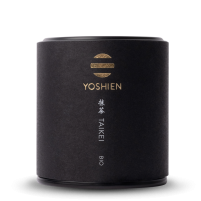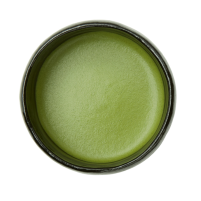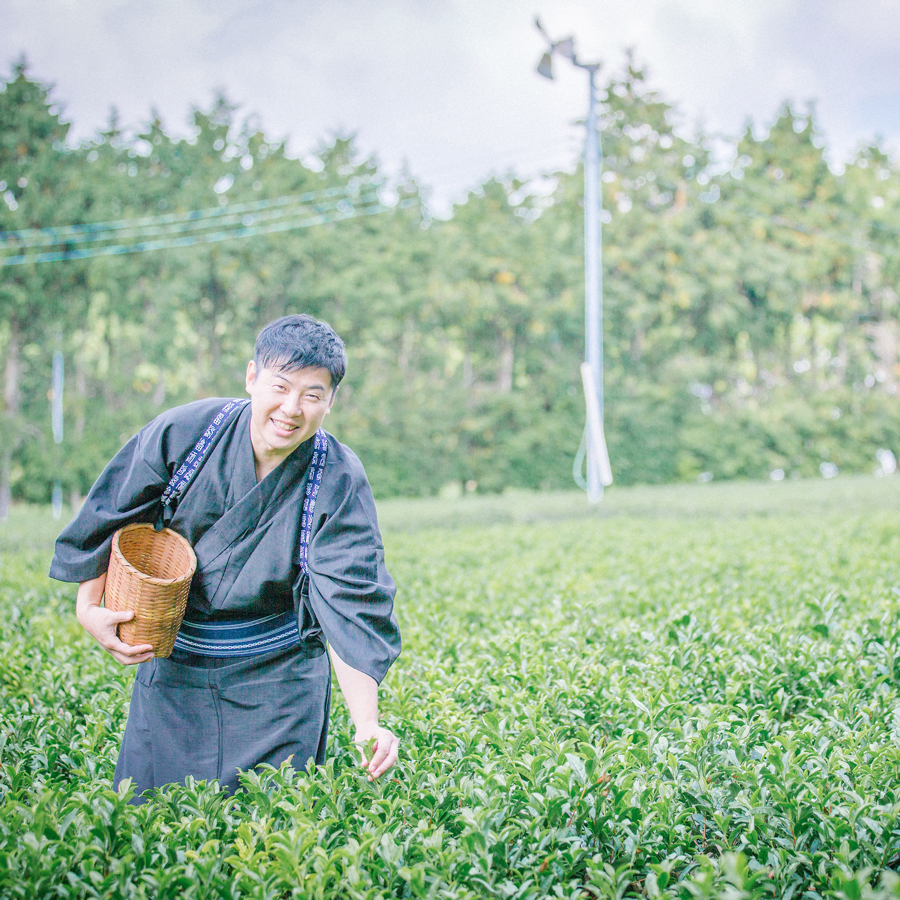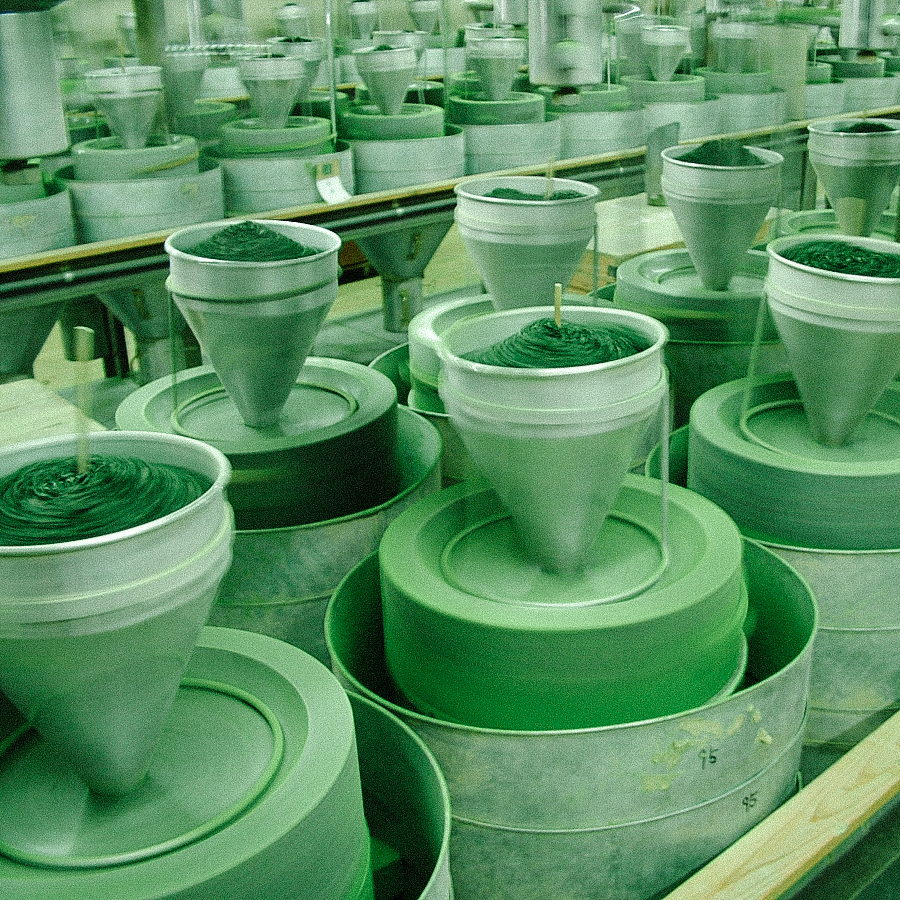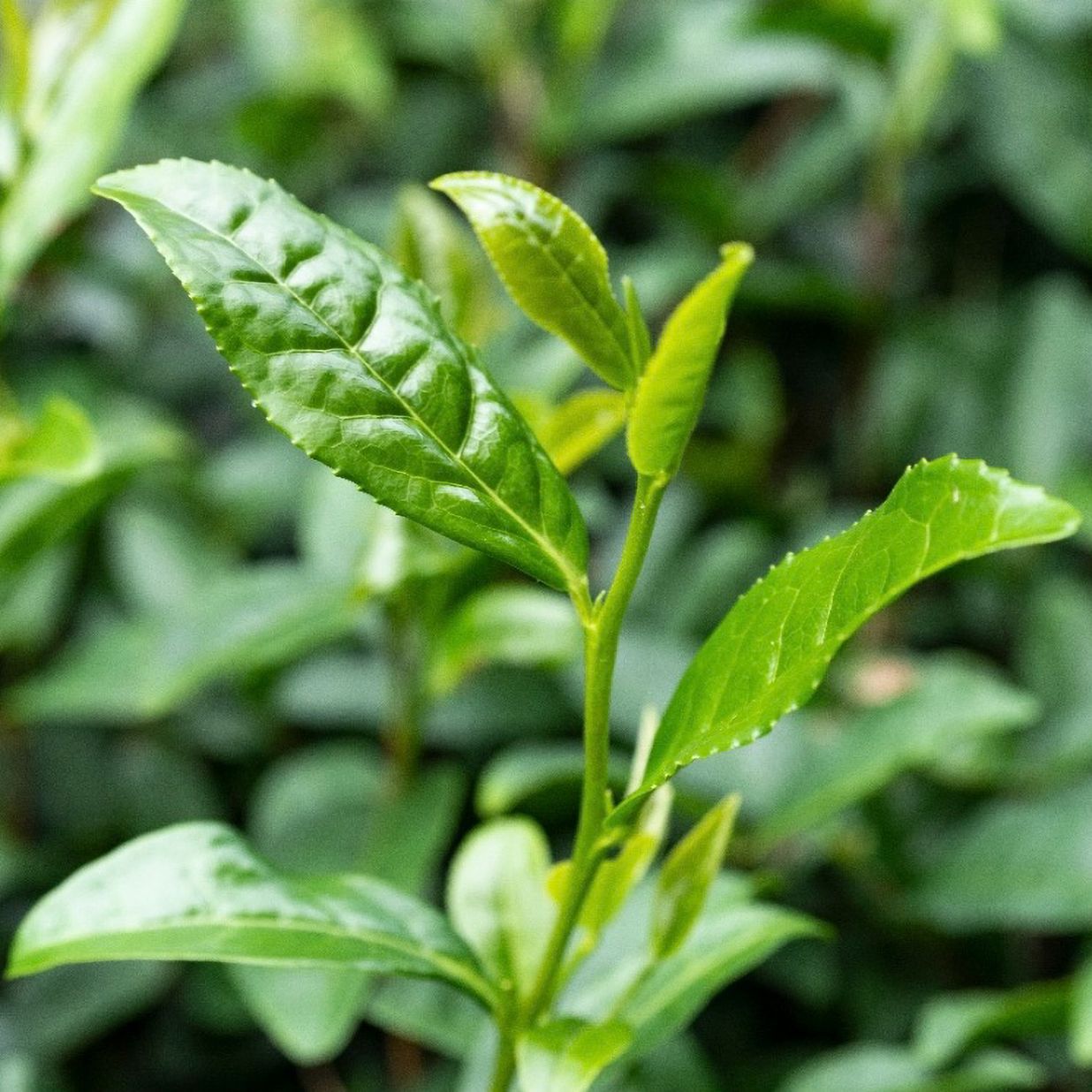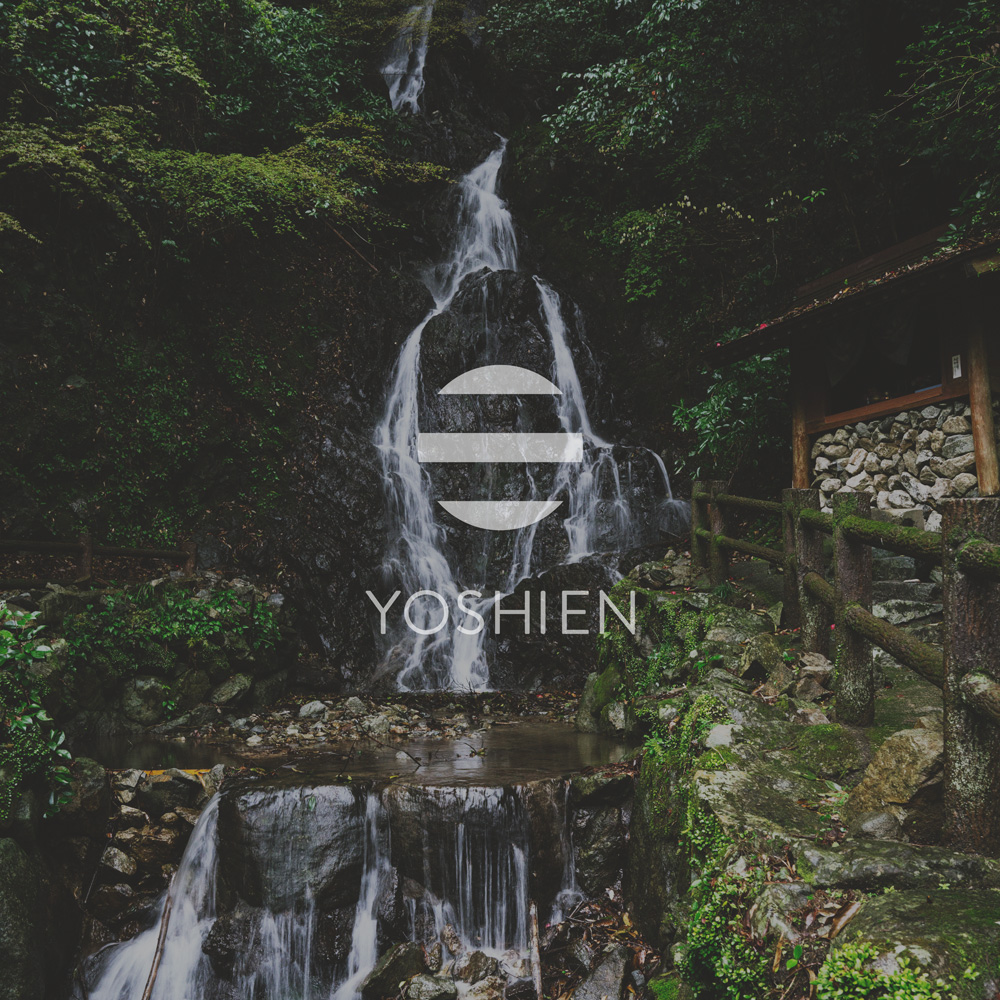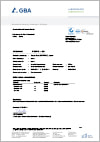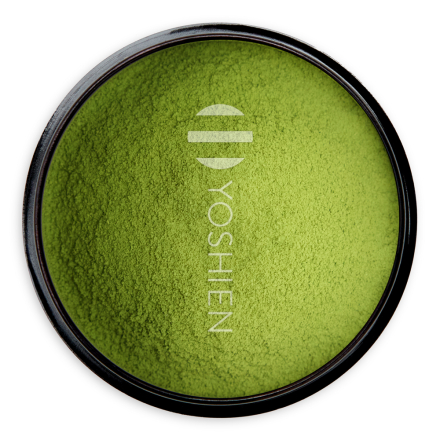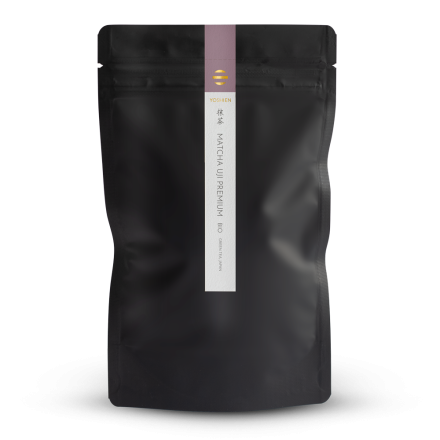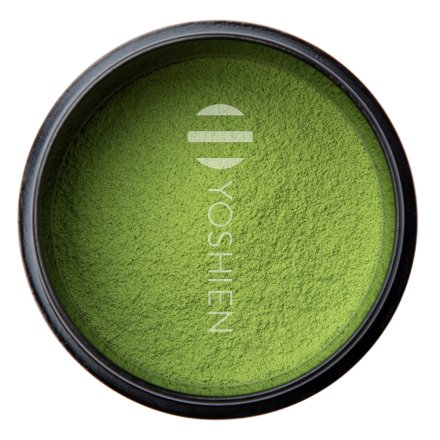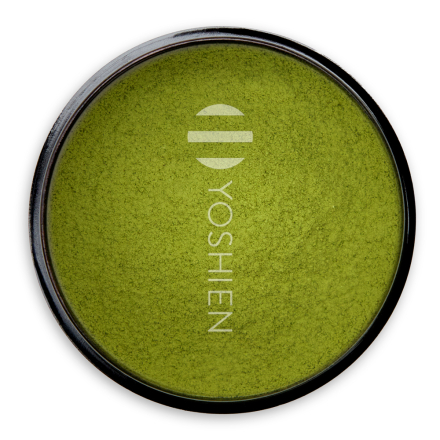Special features in location, cultivation and processing
The Aichi region, alongside Uji and Hoshino, is considered one of Japan's top Matcha-growing areas. The Ishikawa family focuses primarily on organic Matcha cultivation, leveraging the region's unusually high altitude of 650 metres, as it naturally reduces pest populations. Another key benefit is the farm’s remote setting, with the surrounding forests acting as a natural barrier against pesticide drift from neighbouring areas. The Ishikawa family also produces their own organic fertiliser, made from 100% natural, fermented ingredients. Since its establishment, the farm has operated without pesticides or artificial fertilisers and has been certified organic since 1995. For shading, the farm uses custom-designed Tana frameworks, which stand at an impressive 3 metres – the tallest in Japan. These structures provide gentle, consistent climate control for the tea plants, fostering ideal growing conditions. The harvested leaves are carefully stone-ground on-site using traditional granite mills, preserving the Matcha’s rich flavour and vibrant colour.
Komakage Cultivar
Komakage, which translates to "Horse's Shadow," is a tea cultivar with a fascinating history. It was developed in 1954 at the Tea Research Centre in Kyoto Prefecture and originates from tea seeds selected in Uji, near the Manpuku Temple. The name "Komakage" is inspired by an anecdote about Myōe Shōnin, who is regarded as the father of Uji tea. According to legend, Myōe advised the people of Uji to plant tea seeds along the hoofprints of his horse, which apparently led to successful growth. This story is commemorated by a monument near the Manpuku Temple, honouring Myōe's contribution to tea cultivation in the region.
The Komakage cultivar was originally intended for the production of Gyokuro, a shaded tea, but it is now also used to produce Sencha and occasionally Matcha. The young leaves of the Komakage cultivar are small, elliptical, slightly thick, and glossy. As they mature, the leaves retain their small, elliptical shape and develop a deep green colour with less gloss and fine serration along the edges. Komakage is characterised by a medium yield during harvest and high resistance to cold weather. When processed into Sencha, the leaves maintain their shape and vibrant colour, producing a tea with a distinctive aroma and a rich flavour.
Organic Certification

PL-EKO-01
Nicht-EU-Landwirtschaft



